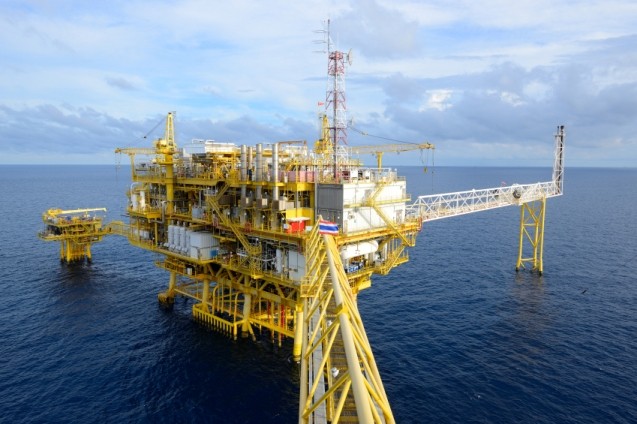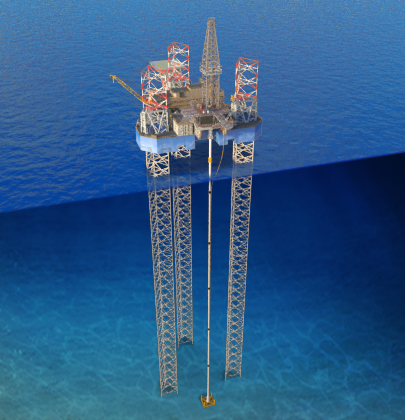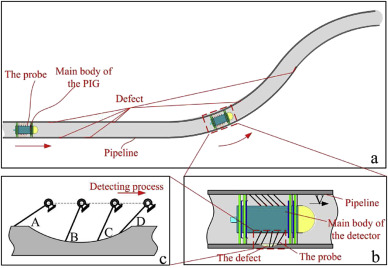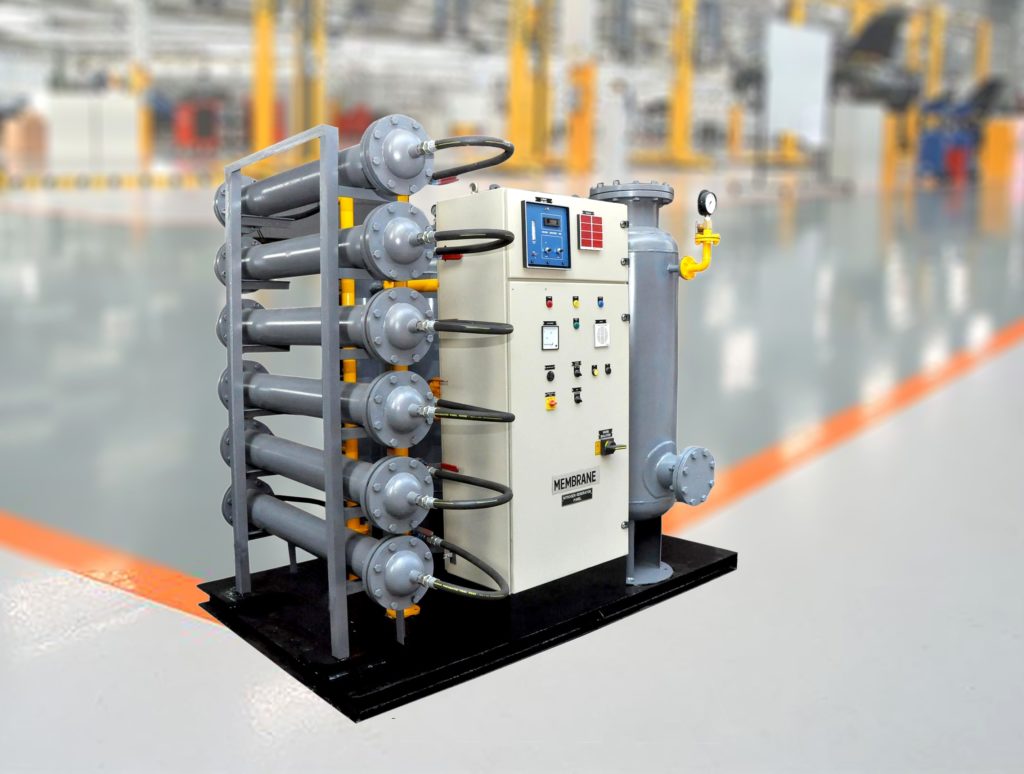Nitrogen being inert gas used for various applications in the oil field drilling, workover and completion phases of oil and gas wells, as well as in pigging and purging pipelines.
drilling, workover and completion phases of oil and gas wells, as well as in pigging and purging pipelines.
Nitrogen is extensively used both in offshore applications including:
- well stimulation,
- injection and pressure testing
- Enhanced Oil Recovery (EOR)
- reservoir pressure maintenance
- nitrogen pigging
- fire prevention
 Used to support drilling operations, nitrogen is utilized for instrument panel inerting, as well as flare gas inerting, and pressure systems purging and testing. Replacing a dry air, nitrogen can extend the life of some systems, as well as prevent breakdowns.
Used to support drilling operations, nitrogen is utilized for instrument panel inerting, as well as flare gas inerting, and pressure systems purging and testing. Replacing a dry air, nitrogen can extend the life of some systems, as well as prevent breakdowns.
In workover and completion operations, high-pressure nitrogen (using high-pressure booster compressors) is an ideal choice to displace well fluids in order to initiate flow and clean wells because of its low density and high-pressure characteristics. High-pressure nitrogen is also used for production stimulation through hydraulic fracturing.
In oil reservoirs, nitrogen is used to maintain pressure where the reservoir pressure has reduced due to either been depletion of hydrocarbons or due to natural pressure reduction. Because nitrogen is immiscible with oil and water, a nitrogen injection program or nitrogen flood is frequently used to move missed pockets of hydrocarbons from an injection well to a production well.
Also Read
15 NM³/HR NITROGEN PLANT OPERATING AT HEAT TREATMENT COMPANY IN DELHI-NCR
150 NM³/Hr Nitrogen Plant Operating At Leading Chemical Company In Western India
65 Nm3/Hr Nitrogen Plant Operating At Leading Pharma Company In Bangladesh Since 2013
Nitrogen has been found to be an optimum gas for pigging and purging a pipeline. For example, nitrogen is used as the driving force to push the pigs through the pipe, as opposed to compressed air which was traditionally used. Problems associated with compressed air such as corrosion and flammability, are avoided when nitrogen is used to drive the pig through the pipeline. Nitrogen can also be used to purge the pipeline after pigging has been completed. In this case, dry nitrogen gas is run through the line without the pig to dry up any remaining water in the pipeline.
pipeline. For example, nitrogen is used as the driving force to push the pigs through the pipe, as opposed to compressed air which was traditionally used. Problems associated with compressed air such as corrosion and flammability, are avoided when nitrogen is used to drive the pig through the pipeline. Nitrogen can also be used to purge the pipeline after pigging has been completed. In this case, dry nitrogen gas is run through the line without the pig to dry up any remaining water in the pipeline.
Another major offshore application for nitrogen is in FPSOs and other situations where hydrocarbons are stored. In a process called tank blanketing, nitrogen is applied to an empty storage facility, to increase safety and provide a buffer for the entering hydrocarbons.

How Does Nitrogen Generation Work?
Developed by CarboTech, GmbH and manufactured by MVS Engineering since the early 1980s, PSA technology offers onsite generation through various output and capacity generators. Achieving up to 99.9% purity levels, nitrogen generation has made a myriad of applications in the oil and gas field more economical.
Also, Membranes manufactured by Air Liquide – MEDAL are used for high flow nitrogen applications. Nitrogen is produced through patented membrane filters.
The PSA and Membrane Nitrogen production process starts by atmospheric air being taken into a screw compressor. The air is compressed to a designated pressure and air flow.
Compressed air is fed to a nitrogen production membrane or the PSA module. In the nitrogen membranes, oxygen is removed from the air, resulting in nitrogen at a purity level of 90 to 99%. In the case of PSA, the generator can achieve purity levels as high as 99.9999%. In both cases, nitrogen delivered is of very low dew point, making it a very dry gas. Dewpoint as low as (-) 70degC is easily achievable.
the nitrogen membranes, oxygen is removed from the air, resulting in nitrogen at a purity level of 90 to 99%. In the case of PSA, the generator can achieve purity levels as high as 99.9999%. In both cases, nitrogen delivered is of very low dew point, making it a very dry gas. Dewpoint as low as (-) 70degC is easily achievable.
Why On-Site Nitrogen Generation?
- Providing vast savings in comparison, on-site generation of nitrogen is preferred over bulk nitrogen shipments.
- Nitrogen production on-site is also environmentally friendly as trucking emissions are avoided where nitrogen delivery was being done before.
- Nitrogen Generators offer a continuous and reliable source of nitrogen, ensuring the customer’s process never comes to a standstill due to want of nitrogen.
- Nitrogen generator return on investment (ROI) is as little as 1-year and makes it a lucrative investment for any customer.
- Nitrogen generators have an average life of 10-years with proper maintenance.



